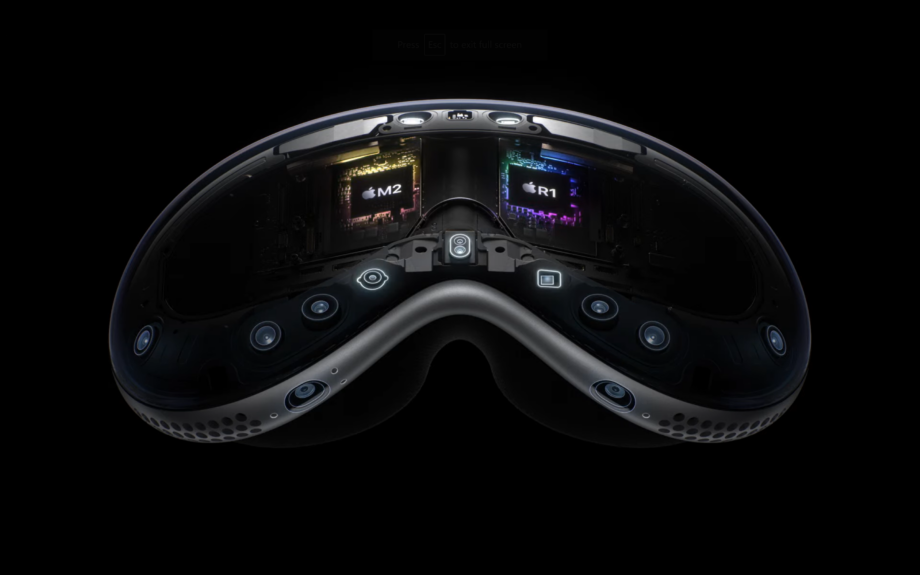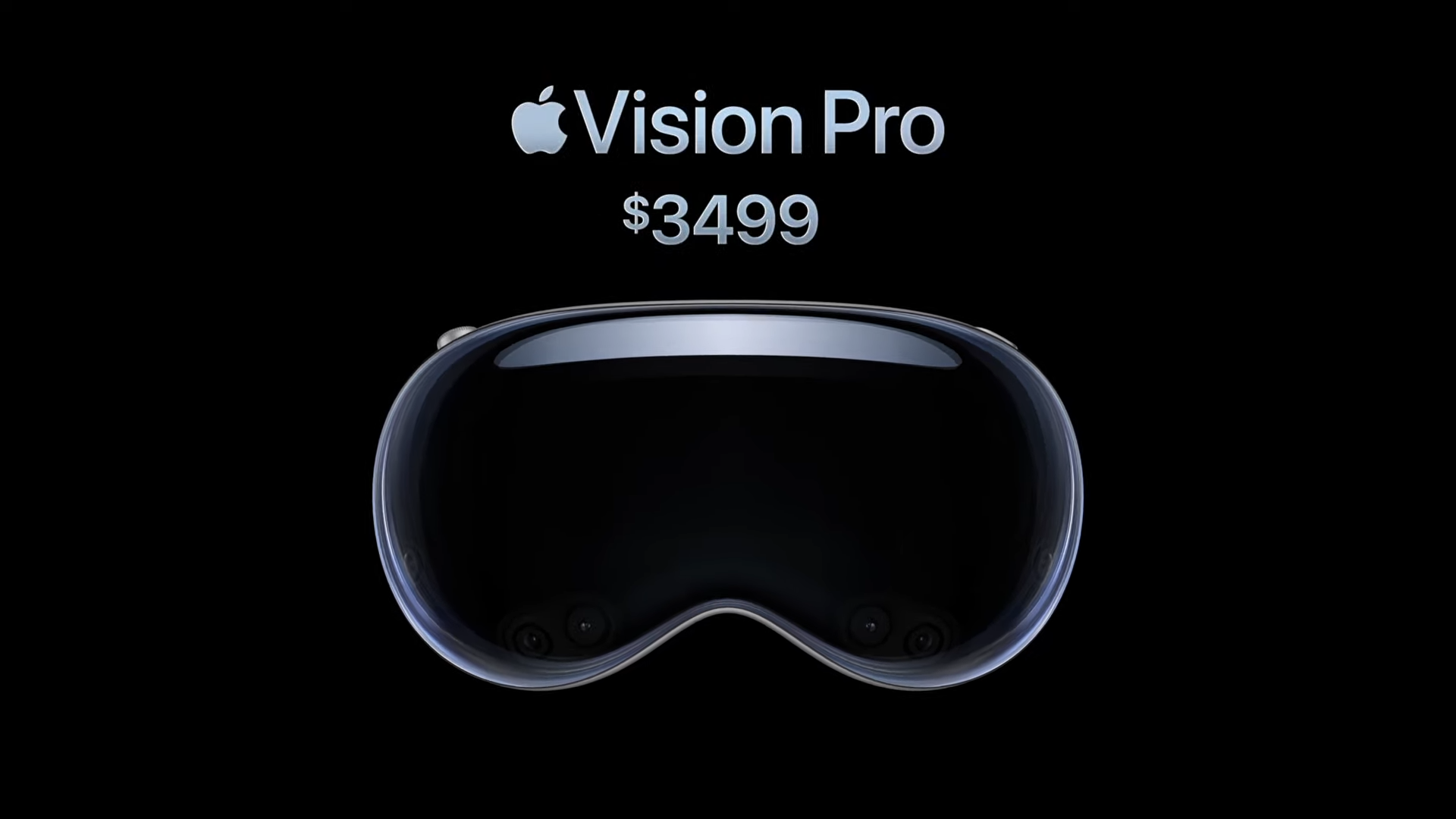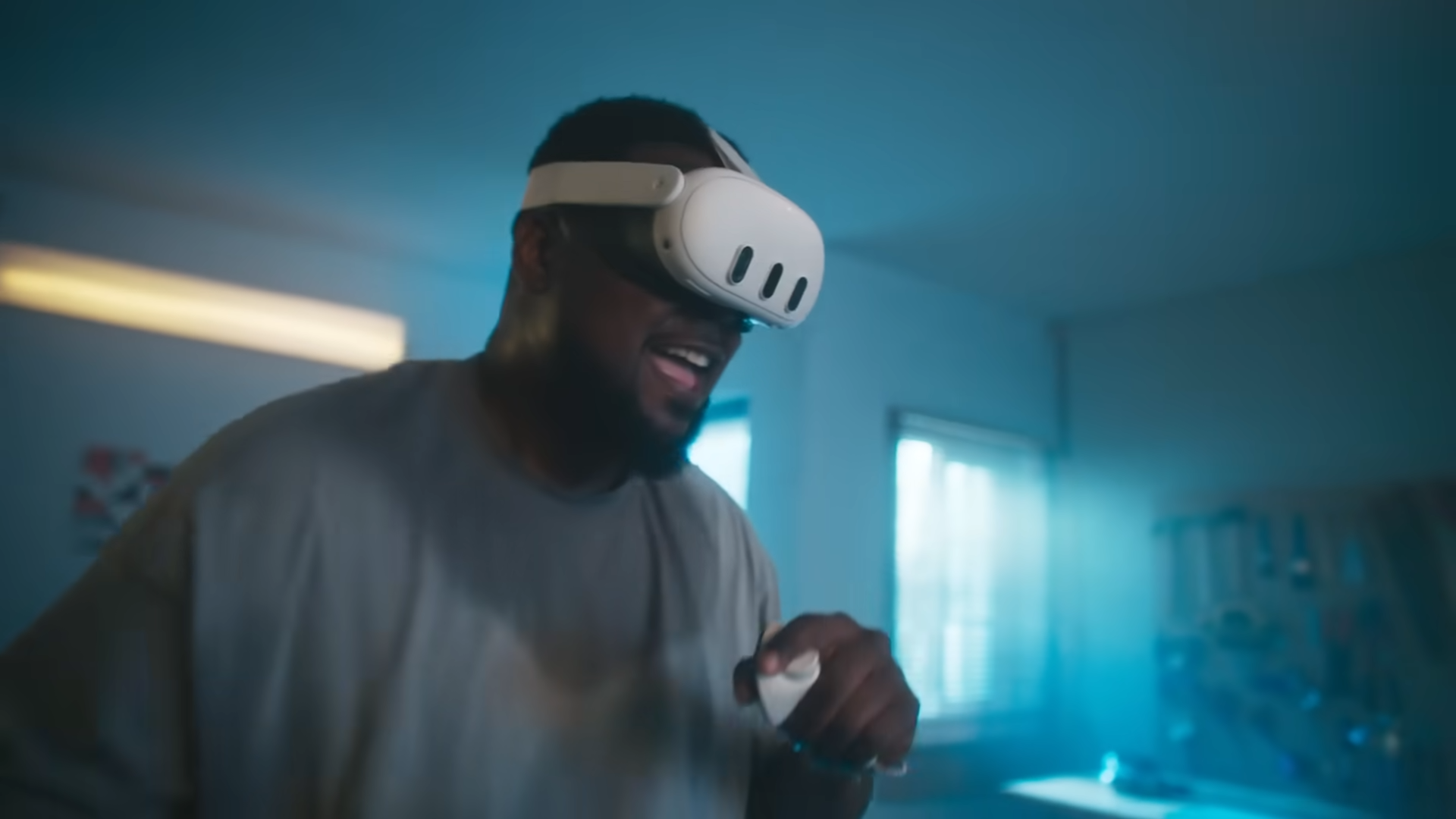Apple Vision Pro: 3 reasons to buy or skip Apple’s mixed reality headset
A mix of opinions about Apple's mixed-reality headset

Apple has captured the world’s attention with this week’s unveiling of the Vision Pro headset. Yet again, this is the company that captured the world’s attention with a $20 cloth, so that’s not saying much.
The augmented reality headset has been living rent-free in the minds of those in the tech world for long and weary, and now it’s finally here it’s fairly safe to say that while it might be the best VR/AR headset ever made, the Vision Pro is dividing opinions across the board.
As such, we need a safe middle ground where we can explore our options. Is the Vision Pro worth its mighty price tag? Are there better alternatives out there? Do we buy now, or wait to see what Apple has in store next? We can’t definitively tell you how to spend your money, but we can help inform and guide you along the way. Buyer’s remorse is a cold, harsh mistress after all.
So whether you’re looking for some grounding to help you pump the brakes a little on the AR hype train, or seeking reasons to funnel more fuel onto your burning desire for Apple’s headset, let’s take a look at some of the reasons you might want to buy or skip the Apple Vision Pro.
Apple Vision Pro: 3 reasons to buy
1. The tech
If you want the best of the best when it comes to adopting an AR/VR headset, you can probably stop reading after this point. Apple’s Vision Pro is hands down likely to be the most powerful headset of its kind when it launches (likely some time in early 2024.)
The Vision Pro is outfitted with two Apple Silicon chips, the M2 and the R1 — both of which play vital roles for the operating system, visionOS, to work its magic. While Apple’s incredibly powerful M2 chip handles the tasks you’d expect most operating systems like macOS to perform, the R1 chip processes an enormous amount of information from the Vision Pro’s 5 sensors, 12 cameras, and 6 microphones at a blink and you’ll miss it (literally) 12 milliseconds pace.
The combination of these two should result in one of the smoothest, fastest, and most accurate AR/VR experiences to date. If power, performance, and riding the virtual crest of VR tech is what you’re looking for, you should absolutely consider the Apple Vision Pro.
Sign up to receive The Snapshot, a free special dispatch from Laptop Mag, in your inbox.

2. The entertainment factor
There were a lot of concerns regarding just what would be available on the Vision Pro, concerns that Apple has firmly put to bed. Not only will you be able to run just about everything you can run on macOS and iPadOS devices, but Apple is making great strides in bringing top-flight entertainment and games to the platform also.
The man himself, Hideo Kojima, made an appearance during the opening Apple WWDC keynote to not only announce that Death Stranding: Director’s Cut would be available, but that he and his studio are “actively working to bring its future titles” to the platform, too. That’s all but a direct confirmation that the much-anticipated Death Stranding 2 will make an appearance on the Vision Pro in the future. There are plenty of rumors currently swirling about other massive titles making their way to the headset too.
Disney CEO Bob Iger also made an appearance, highlighting Disney’s desire to bring interactive experiences to the Vision Pro, giving users unique AR content across a range of massive franchises like Star Wars, Marvel, and National Geographic.
However, the content is surprisingly only half the story. The Vision Pro will immerse you in stunning cinema-scale environments wherever you are, delivering ray-traced audio for a sublime multimedia experience. That’s all without mentioning that you’ll be able to view this content in 3D, being more a part of the entertainment experience than ever before.

3. The experience
Putting entertainment to one side, how about the experience as a whole? The Apple Vision Pro is an entirely new way for those in the Apple ecosystem to consume content, be productive, and engage with others.
You’ll be able to use the Vision Pro to personalize your home or office and tailor it to your every need. Whether that means placing yourself in the center of a panopticon of spreadsheets or just having a handy window around to follow along with an exciting new recipe while you're in the kitchen is up to you. However, the versatility for you to embrace this new technology in your own way is rife and ready for the making.
You’ll also be able to capture moments from your life in all new ways thanks to the Vision Pro’s 3D camera. Capture the world in stereoscopic pictures or videos, ready to reminisce on again in the future in a way that goes beyond simply capturing the light, color, and contrast of the moment. The Vision Pro won’t just capture a memory, it’ll practically let you be present in them all over again.

Apple Vision Pro: 3 reasons to avoid
1. The price
Yeah, this one was always going to top the list of reasons you probably don’t want to go ahead and pick up the Vision Pro. Marked up at $3,499, the Vision Pro is the most expensive mainstream AR/VR headset offering on the market today. It’s so expensive, you could buy yourself and seven friends Meta Quest 2 headsets for the same price and still have enough cash left over to bolster the libraries of each device.
It’s a whopping price tag and an eye-watering sum of money to part with when far cheaper options are available. We thought Apple priced themselves out of the market when rumors first reared up about the Vision Pro costing $3,000, so when the actual cost came in at $500 more expensive we, like many others, were at a loss for words.
Times aren’t easy, and I hate to be the bearer of bad news, but (Christmas miracles aside) I don’t think times will be any easier when the headset is currently expected to arrive in early 2024. Apple’s defense of the Vision Pro’s pricing points to it being an all-in-one device that fulfills the role of a TV, a sound system, and a computer — and seemingly that it makes the headset worth as much as each of those combined.
One glaringly obvious fault in this logic is that each of those things isn’t an insular experience like that gained from the Vision Pro. You can invite a friend over to watch a movie, but if all you have is a Vision Pro headset, I doubt anyone else will get much out of it.

2. The coming generation
The Apple Vision Pro is the first step of many on the path toward Apple’s true goal when it comes to a mixed reality device. As such, there’s really no telling when a smaller, sleeker, more powerful, or more affordable option will follow. As a first-gen device, the Vision Pro appears to be packed to the gills with features as Apple throws everything at the wall to see what sticks.
Being the maker of the most powerful AR/VR headset in the world is a fantastic thing to boast about, but not if the people who own it barely scratch the surface of what it’s capable of. The Vision Pro is likely going to play a part in shaping the next wave of mixed-reality devices by seeing how people actually use mixed reality and then tailoring hardware and trimming back on software to suit it in future models.
Hopefully, that scaling back should also result in lower prices that are more in line with typical headset offerings from other companies. Granted, there’ll still be an Apple tax widening the gap, but it could at least be referred to as a gap, and not the Grand Canyon of price margins between mainstream offerings and that of the Vision Pro.

3. The Meta Quest 3
I know the mere thought of jumping ship to an alternative digital ecosystem has caused many Apple fans out there to cover their mouths in horror and gag, but bear with me on this one. Will it be able to do everything that the Apple Vision Pro can do? No. Will I be able to use all of my favorite apps on the Quest 3? Almost certainly not.
Will it still have the same style and grace as my other Apple products? Look, I’m not being funny, but your choices are “look like a cyberpunk arachnid” or “wear a set of plastic buttox on your face.” Neither one of these headsets are exactly catwalk material — I personally think that (for an Apple product) the Apple Vision Pro is ugly as sin, and that doesn’t mean that the Quest 3 is doing any better either.
However, what the Meta Quest 3 does have over the Vision Pro is its price, versatility, a ready-to-go library of games and apps, and some impressive (not to mention thoroughly tested in previous generations) features that can, at times, offer you similar levels of functionality to Apple’s headset.
Not only is the Quest 3 $499, but it’s also PCVR compatible yet powerful in its own right, capable of delivering AR and VR experiences, features quality hand tracking and solid Touch Plus controllers for immersive casual or gaming interactions, and can work with external devices the same as the Vision Pro — even MacBooks!

Outlook
I can’t say for sure which way you should swing on this one. Mainly because I refuse to take the blame if my current thought process goes against the ebb and flow of the mainstream consciousness and I come across as “uncool.” Also, it’s not my money you’d be spending — I hope not anyway.
Personally, I don’t see any AR/VR headset being worth $3,500 even if it does have a little Apple logo on it. I’ve previously believed that this first generation of the Vision Pro is likely little more than a $3,000+ dev kit of sorts, and maybe that’s how it should be taken until something more affordable come around.
That being said, I know if you’re a dyed-in-the-wool Apple stan you’re unlikely to heed any of this advice at all. In that case, buy that Apple VR/AR headset anyway — I dare you!

Rael Hornby, potentially influenced by far too many LucasArts titles at an early age, once thought he’d grow up to be a mighty pirate. However, after several interventions with close friends and family members, you’re now much more likely to see his name attached to the bylines of tech articles. While not maintaining a double life as an aspiring writer by day and indie game dev by night, you’ll find him sat in a corner somewhere muttering to himself about microtransactions or hunting down promising indie games on Twitter.
